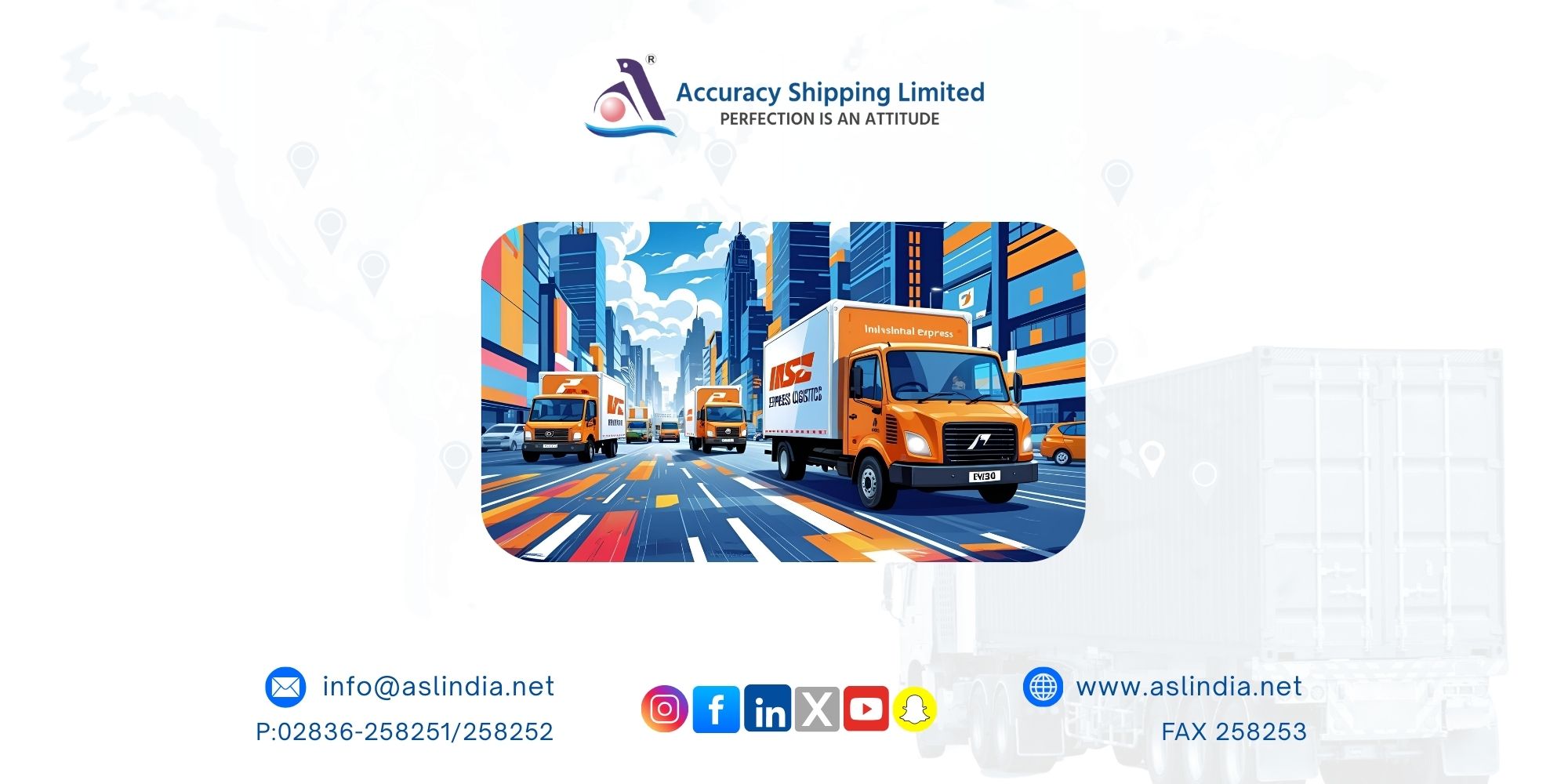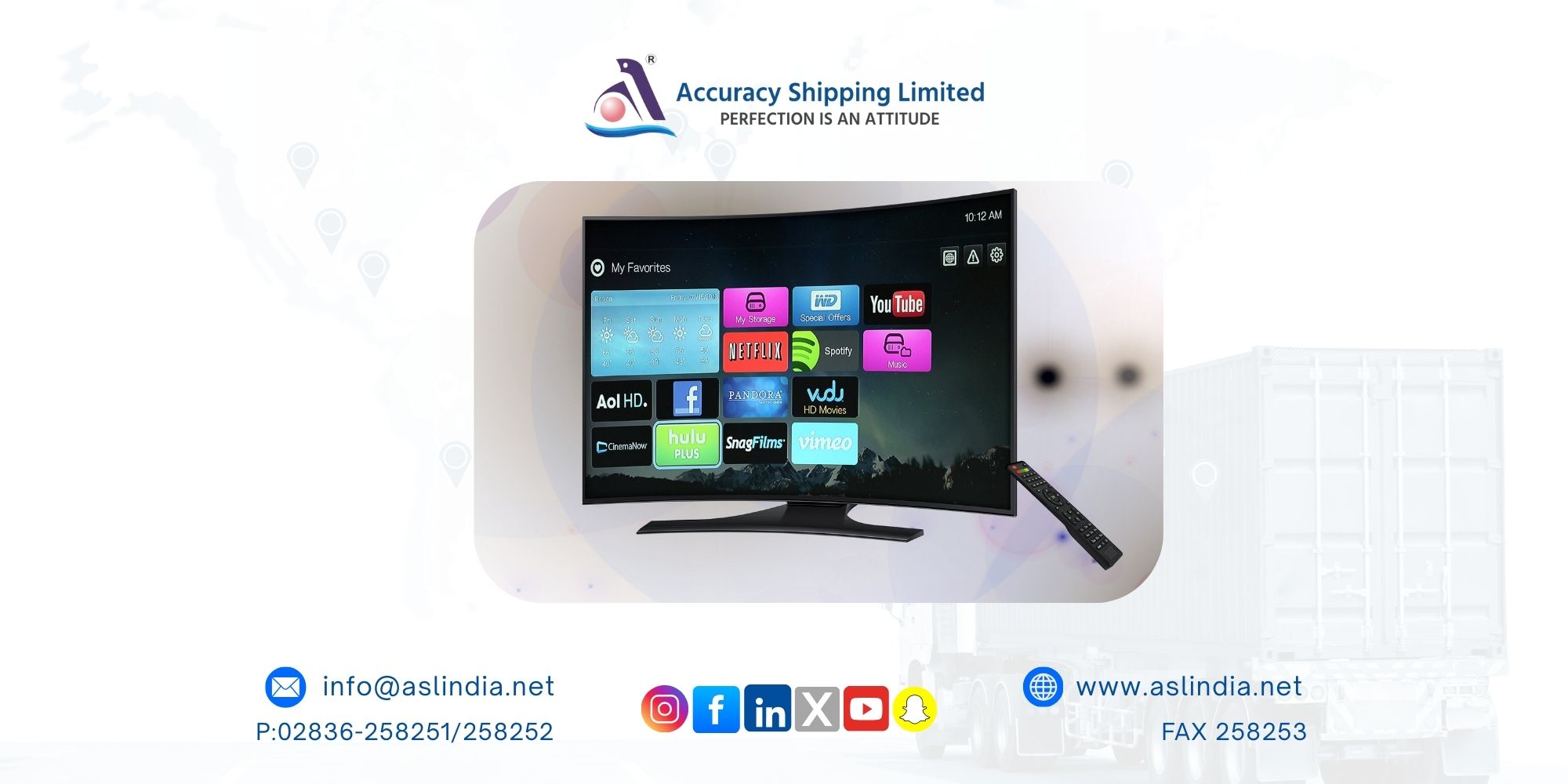India’s express logistics industry set to double to USD 22 billion by FY30

India’s express logistics industry is on a remarkable growth trajectory, with projections indicating the sector will nearly double in size to reach USD 22 billion by FY30. Valued at nearly USD 9 billion in FY25, this segment has rapidly become a crucial enabler of economic growth, digital commerce, and employment generation.
Strong Growth Backed by E-commerce and MSMEs
The express logistics sector has recorded a healthy CAGR of 12–15% since FY17, driven by the exponential rise of e-commerce, MSME exports, and digital transformation. India’s retail e-commerce market, pegged at USD 1,000 billion in FY25, has seen its online penetration grow from 3% in FY19 to 7% in FY25, pushing shipments up from 1.1 billion to 5 billion annually. Of this, express logistics commands nearly 60% of the B2C logistics segment, valued at USD 4–4.5 billion.
Economic Contributions and Job Creation
Beyond growth, the sector significantly contributes to the Indian economy. In FY24, it generated USD 1–1.5 billion in GST collections and USD 650 million in customs duties, while supporting 2.8–3 million jobs across both urban and rural India. By FY30, experts project the sector will employ 6.5–7.5 million people, reinforcing its role as a pillar of inclusive growth.
Domestic and International Segments
The domestic express logistics market, accounting for 70% of the industry, is valued at USD 6.3–6.5 billion, with surface express services leading the charge. Government initiatives such as Bharatmala Pariyojna, GST, the E-way Bill, and FASTag have streamlined road transport and improved inter-state efficiency. On the other hand, the international express market, contributing 30% of the industry, continues to expand due to cross-border e-commerce, MSME digitisation, and rising export demand.
Shifting Market Dynamics
The pandemic reshaped demand patterns, with B2C and C2C segments now making up 55% of the market, overtaking the traditionally dominant B2B share. Quick commerce, hyperlocal delivery, and direct-to-consumer (D2C) brands are fueling a surge in faster, time-sensitive deliveries. To keep up, logistics companies are investing heavily in automation, technology, and urban distribution hubs.
Key Trends Driving the Future
Industry experts highlight four defining trends shaping the sector’s future:
Consolidation of players for scale and efficiency
Agile business models adapting to evolving consumer needs
Digital innovation through AI, IoT, and automation
Sustainability initiatives to reduce carbon footprint
Policy measures such as the National Logistics Policy, PM Gati Shakti Master Plan, and the upcoming E-commerce Policy are expected to further catalyse growth.
Opportunities and Challenges Ahead
While the outlook is promising, challenges such as infrastructure gaps, customs delays, and urban freight management remain. Addressing these will be critical for unlocking the sector’s full potential.
Conclusion
With sustained policy support, customer-centric strategies, and continued innovation, India’s express logistics industry is well-positioned to become a global leader. As the country marches towards its Amrit Kaal aspirations, the sector will play a pivotal role in shaping India’s economic future and driving inclusive development.







